$279.97 Original price was: $279.97.$97.99Current price is: $97.99.
SKU: D2LSC 239823575 Categories: Evergreen Trees, TREES
- Quality that lasts, prices that don't.
- Experience the difference quality makes.
- Satisfaction Guaranteed
- 100% High Quality Guarantee

Golden Deodar Cedar
Cedrus deodara ‘Aurea’
Other Names: Golden Himalayan Cedar
Plant Details
USDA Plant Hardiness Zones: 6a-9b Find Your Zone
Plant Type: Coniferous Evergreen Tree
Height at Maturity: 25-35′
Width at Maturity: 15-20′ at base
Spacing: Best used as a specimen or in spaced groupings at 20 feet or more apart
Spacing: Best used as a specimen or in spaced groupings at 20 feet or more apart
Growth Habit / Form: Upright, Broad, Pyramidal, Pendulous Branches
Growth Rate: Slow to Moderate, 12″ or so per year
Foliage Color: Golden Yellow new growth matures to Golden-Green (Chartreuse)
Fragrant Foliage: Yes, Cedar scented
Sun Needs: Full Sun or Mostly Sun
Water Needs: Average, low when established
Soil Type: Clay (Loose Clay), Loam, Sandy, Silt
Soil Drainage: Moist But Well Drained, drought-tolerant when established
Soil pH: 6.0 – 7.5
Maintenance / Care: Very Low
Attracts: Visual Attention
Resistances: Deer, Disease, Drought(when established), Heat, Humidity
Description
Cedrus deodara ‘Aurea’, commonly known as the Golden Deodar Cedar or Golden Himalayan Cedar, is a coniferous evergreen with graceful, layered, pendulous, and spreading branches clothed in golden-yellow to bright chartreuse new growth. We suggest at least 6 hours of direct sunlight per day for the brightest foliage color. At 25 to 35 feet tall and 15 to 20 feet wide at its base, this majestic, graceful, glowing beauty is destined to be a captivating conversation piece in the landscape.
Landscape & Garden Uses
The Golden Deodar Cedar is ideal for use as an eye-catching specimen in sunny landscape borders or to frame the corners of tall homes or other buildings. It is a fine addition to conifer gardens, gold or yellow theme gardens, Asian gardens, and rock gardens.
Growing Preferences
The Golden Deodar Cedar is easy to grow in moist, well-drained soil of average fertility, including loose clay, and 6 hours or more of direct sunlight daily for the brightest foliage color. Established trees are drought-tolerant. As with so many other coniferous evergreens, constantly soggy or wet soil can be problematic. Good drainage is essential. Exceptionally low maintenance requiring no pruning except to remove a stray or damaged branch. That said, it can be pruned annually for size control or shaping purposes. A stray or damaged stem can be removed at any time of year.
Plant Long & Prosper!
Meet The Wilson Brothers & Staff
Questions? Contact Us!
Be the first to review “Golden Deodar Cedar – 7 Gallon Pot” Cancel reply
Related products
Sale!
Sale!
Sale!
Sale!
Fast Growing Trees
Sale!
Sale!
Sale!
Sale!


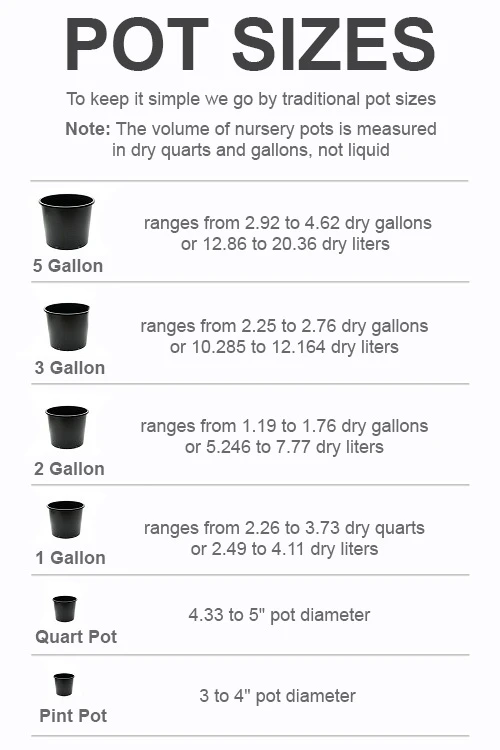

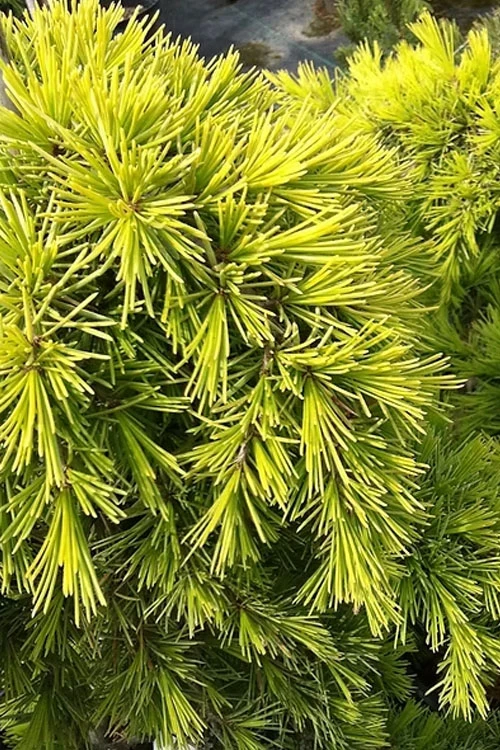






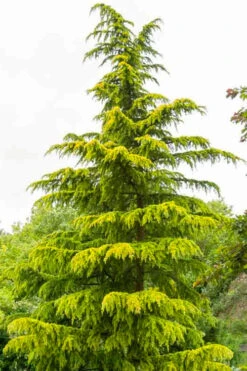
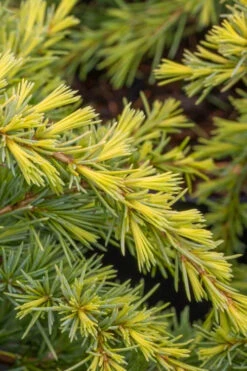
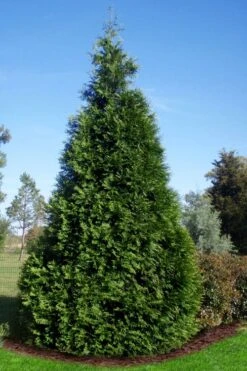
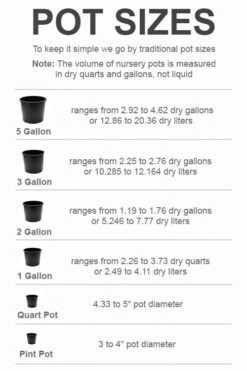


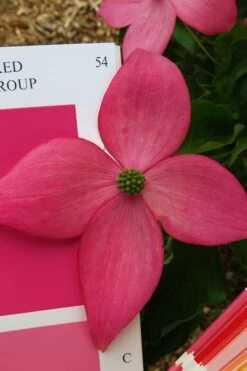
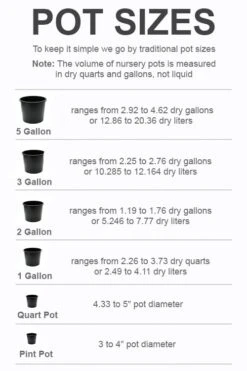
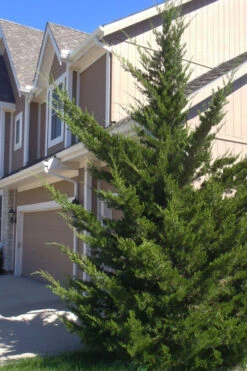
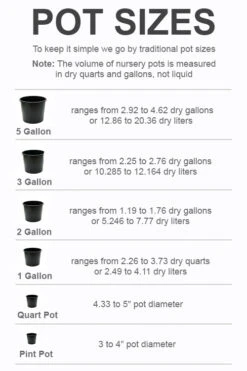

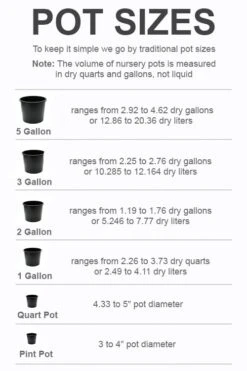
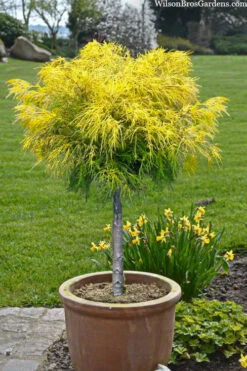

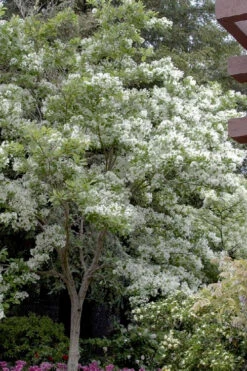
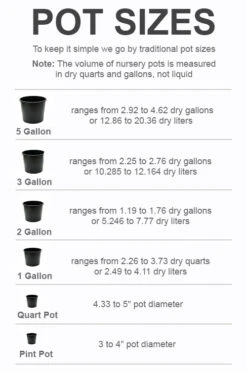
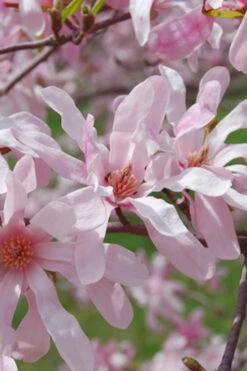

Reviews
There are no reviews yet.